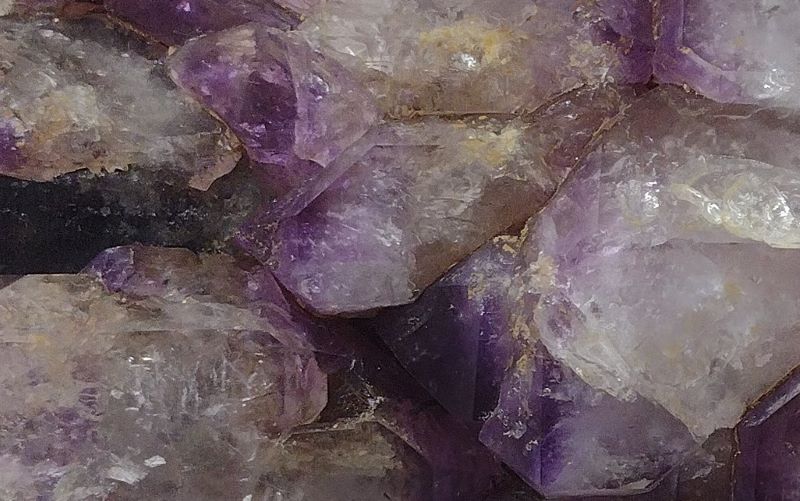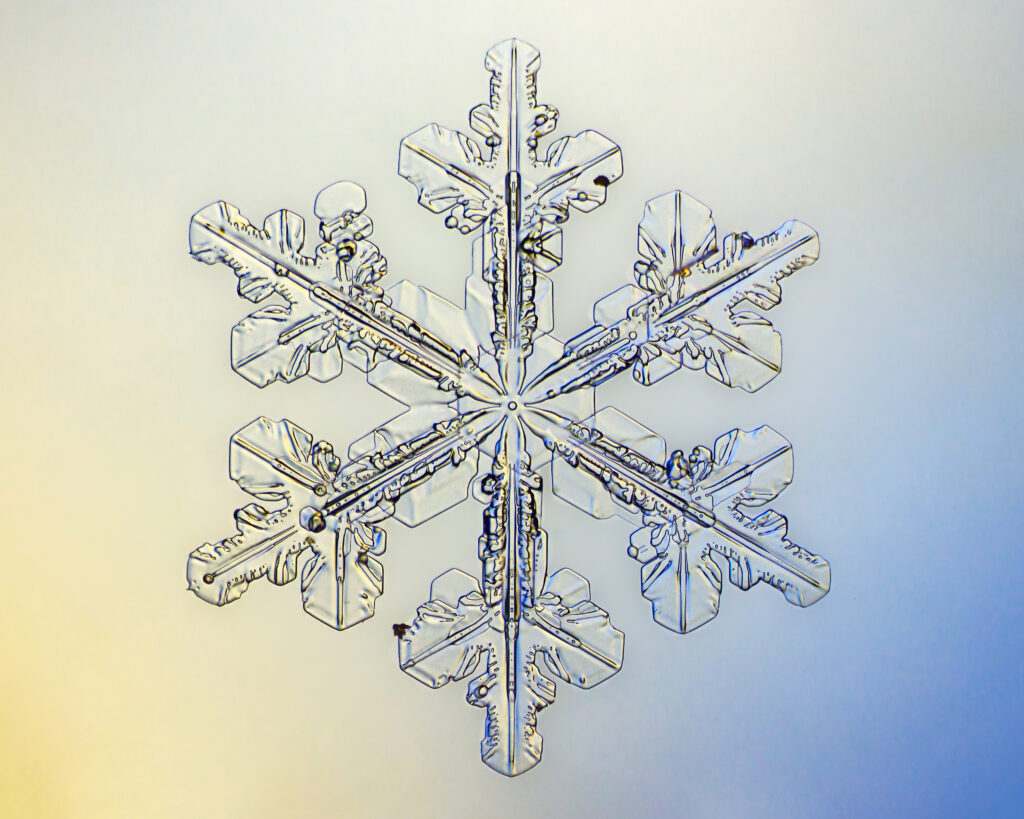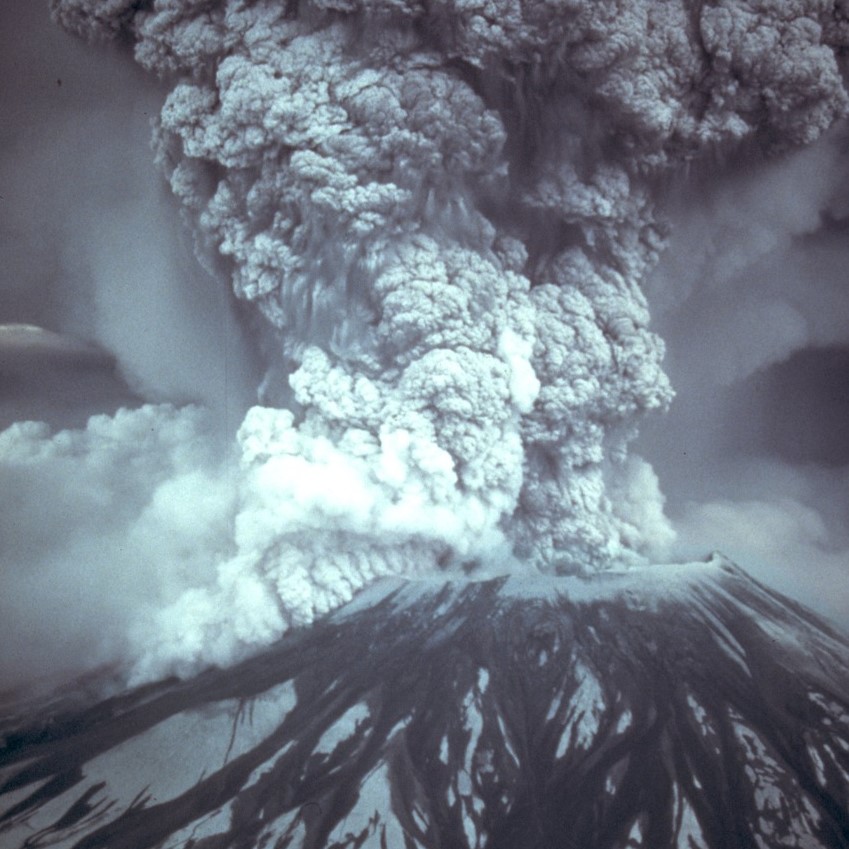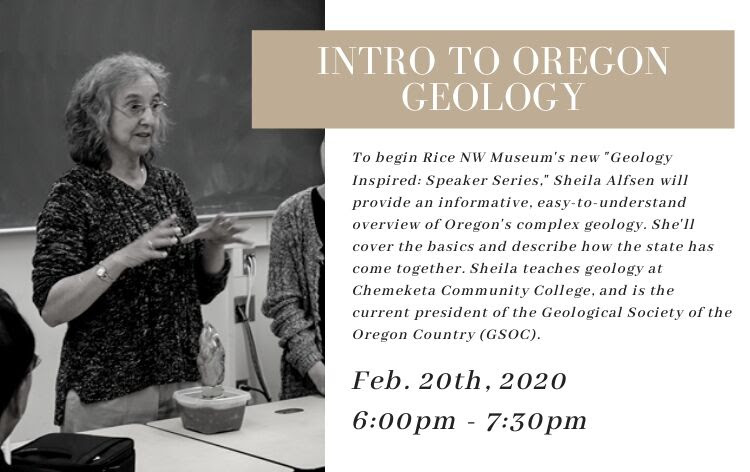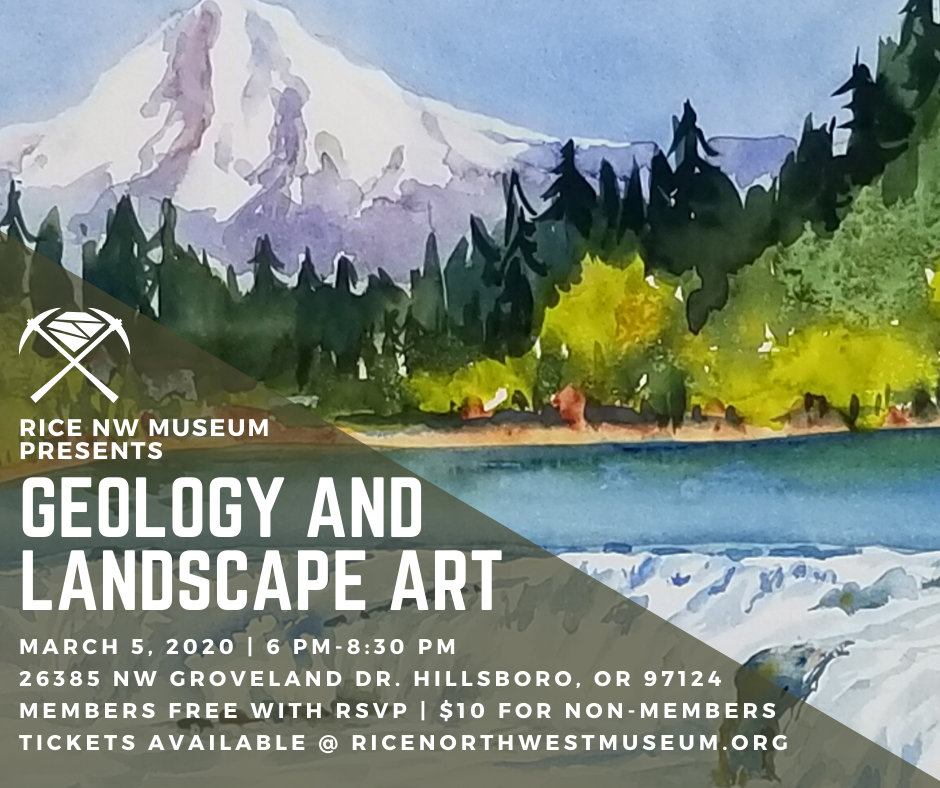Unveiling Ancient Crustaceans
Written by Jeremy Salvucci The Art and Science of Fossil Crab Preparation Michelangelo, perhaps the most lauded sculptor of the Renaissance period, said “every block of stone has a statue inside it and it is the task of the sculptor to discover it.” And while the artist behind David — perhaps the best-known marble sculpture in the world — was speaking figuratively, his words apply in a more literal sense to the creations of modern-day stoneworker Bruce Thiel. Thiel, like Michelangelo, discovers statues in blocks (well, oblate spheroids) of stone, but these statues really were in the stone to begin with. Michelangelo, the sculptor behind David, said that all of his works already existed figuratively within the stone. The crab fossil prepared by Thiel really did exist within the stone before he carefully exposed it. Each of Thiel’s creations on display at the Rice Museum is a carefully exposed fossil of a crab that lived 30 to 50 million years ago before being buried suddenly in an event akin to an undersea mudslide. As such, each is unique — some were cemented with legs bent neatly and claws closed, while others were captured like a candid snapshot tumbling about with claws open, reaching out as if to grab hold of some kind of prehistoric sustenance. It’s Bruce’s job to tease these ancient crustaceans carefully from the sedimentary caskets (AKA concretions) that have entombed them for tens of millions of years so that modern researchers (and museum-goers) can experience a moment from the Paleogene seafloor in the form of a perfect stone cast of a once-living crab. Who is Bruce Thiel? Bruce, a local amateur paleontologist and fossil artisan, collected and prepared the crab fossils featured in the Rice Museum’s temporary crab fossil exhibit. His interest in collecting and preserving the fossils of crabs and other marine invertebrates began during his retirement, and he’s spent much of his time over the last decade and a half studying and visiting outcrops of lithified marine sediment in Oregon and Washington in search of these sorts of fossils. His work has been featured in the Bulletin of the Mizunami Fossil Museum, and his preparations have appeared in 11 museums worldwide, including the Smithsonian Museum of Natural History in D.C. Outside of his current temporary exhibit, three of Bruce’s pieces also reside in the Rice Museum’s permanent collection for visitors to enjoy for years to come. How does Bruce collect and prepare the crab fossils? Most of the crab fossils Bruce prepares begin as concretions. These are round-ish masses of sedimentary material that usually form around a central node (in this case, a crab that was buried in sediment). Because concretions are harder than the rock matrix in which they form, they often become exposed naturally as their host stratum erodes when exposed at the earth’s surface in an outcrop. Concretions (the rounded stones visible in the photos above) are harder than the sedimentary matrix that surrounds them, so they become visible as the host rock slowly weathers. After collecting at an outcrop, Bruce brings promising concretions back to his shop to examine them and determine which ones are of sufficient quality to warrant the 15 to 20 hours it takes him to prepare them for display. If he is unsure whether a concretion contains a crab, he uses a hammer to drive a chisel into the edge of the nodule in order to split it relatively neatly in two. If the top or bottom of a crab fossil is exposed on one of the halves, that half can be partially worked to expose more of the crab’s anatomy, allowing Bruce to figure out how some of its features are oriented within the concretion. Bruce then glues the two halves back together, armed with a general sense of the crab’s size, position, and orientation within the concretion. Fun fact: Bruce inherited the chisel he’s used to split concretions. It is 50 years old, composed of tempered steel, and was originally used to work on metal. In the summer of 2024, however, Bruce’s legacy chisel began to curl and split, so he finally purchased a new one. Most concretions split fairly evenly in half when struck with a good chisel, potentially revealing fossils within. In other cases, if Bruce knows his concretions are from a crab-bearing stratum, and he is fairly confident they contain full or near-full crab fossils, he may omit the splitting step and begin carefully working the concretion starting from the center of one of its sides. In either case, this is when he begins the most time-consuming and meticulous stage of the preparation process — carefully removing small pieces of the rock matrix surrounding the crab fossil to slowly expose it without damaging it. To do this, Bruce uses a very specific setup: The concretion is placed on top of beanbags (for support) inside a box with wooden sides and a plexiglass top and front. Armholes in the front of the box allow Bruce access to the piece, while a vent in the back of the box pulls rock dust out and away from Bruce as he works through the rock matrix to expose the crab. In addition to the ventilation fan, Bruce also wears a respirator for rock dust and earplugs to muffle the sound of his tools. Not-so-fun fact: Inhaling rock dust can, over time, cause irreversible damage to the lungs that can lead to respiratory disease and premature death. Silicosis is a particularly nasty version that results specifically from inhaling silica (i.e., quartz) dust. While the concretions Bruce works with aren’t particularly high in silica, inhalation of any kind of rock dust can be harmful and should be avoided by using proper personal protective equipment (PPE) whenever working with stone. Bruce’s custom fossil-preparation lab includes a microscope, lights, and a safety fan that pulls rock dust away from Bruce through a vent. A binocular microscope mounted on a stand that sits next to the wood and plexiglass box allows Bruce a magnified
Unveiling Ancient Crustaceans Read More »



